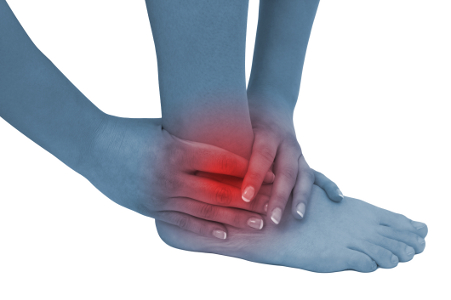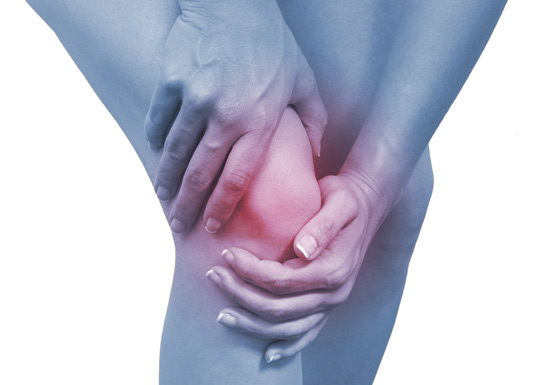Your shoulder joint is composed of three bones: the clavicle (collarbone), the scapula (shoulder blade), and the humerus (upper arm bone). Your shoulders are the most movable joints in your body. They can also be unstable because the ball of the upper arm is larger than the shoulder socket that holds it. To remain in a stable or normal position, the shoulder must be anchored by muscles, tendons and ligaments.
Shoulder injuries are frequently caused by athletic activities that involve excessive, repetitive, overhead motion, such as swimming, tennis, pitching, and weightlifting. Injuries can also occur during everyday activities such washing walls, hanging curtains, and gardening, however injuries can also occur from trauma such as a fall or come on for no apparent reason.
Common shoulder injuries:
Shoulder instability
Shoulder instability occurs when the shoulder feels like it might slip out of place, with the shoulder becoming unstable when the muscles and ligaments that hold it together are stretched beyond their normal limits. If the ligaments that hold the shoulder muscles to bones tear and can’t hold the joint together, the shoulder may dislocate. A fall onto an outstretched hand, arm or the shoulder itself, or a violent twisting, can cause a shoulder dislocation. When the shoulder pops out of the socket repeatedly, the condition is called recurrent instability
Rotator cuff tear/Impingement
The rotator cuff is one of the most important components of the shoulder. It is comprised of a group of muscles and tendons that hold the bones of the shoulder joint together. The rotator cuff muscles provide individuals with the ability to lift their arm and reach overhead, they also help to give the shoulder some stability.
Trauma (such as a fall), heavy lifting or repetitive movements can cause to tendons to become inflamed or in severe cases torn. Often these injuries do not get better by themselves and it is best to try and seek some expert help, please contact us at 360-Physiotherapy if you are in doubt.
Frozen shoulder
Frozen shoulder is a condition that leads to pain and stiffness of the shoulder. It is also known as adhesive capsulitis or shoulder contracture.
The symptoms tend to gradually get worse over a number of months or years. You will typically experience shoulder pain for the first two to nine months, which can be severe, followed by increasing stiffness. The stiffness may affect your ability to carry out everyday activities and, in particularly severe cases, you may not be able to move your shoulder at all.
The condition may improve with time, but this can sometimes take several years
Overuse/strains
Sudden increases in activity can place extensive stress on the shoulders and lead to a decrease in flexibility. This is a common problem in middle age, or people who don’t exercise regularly but go out every now and then for an intense sport or due to a sudden change in the type of work being done (either recreational or vocational)
Although painful and inconvenient, these overuse problems can usually be treated quite successfully
Arthritis
Beginning as early as age 50, some people develop osteoarthritis, which causes painful movement. This occurs as the smooth surfaces of the cartilage that line the bones of the shoulder joint are worn away, and joints begin to wear out, sometimes known as ‘wear and tear’.
As the cartilage wears away, it becomes frayed and rough, and the protective space between the bones decreases. During movement, the bones of the joint rub against each other, causing pain.
Although there is no cure for arthritis, the symptoms can often be fairly well managed without the need for repeated injections or surgical intervention, if you are I any doubt please contact 360-Physiotherapy for an appointment



